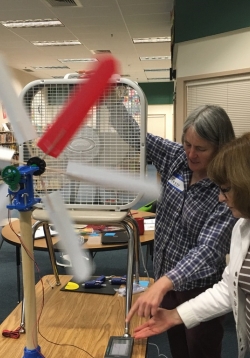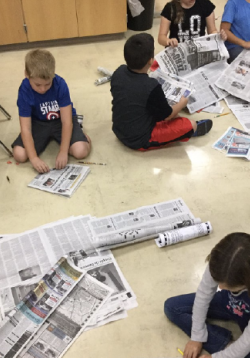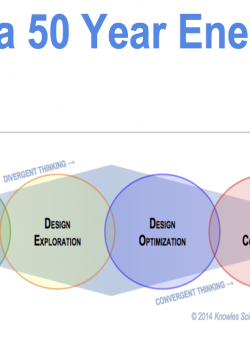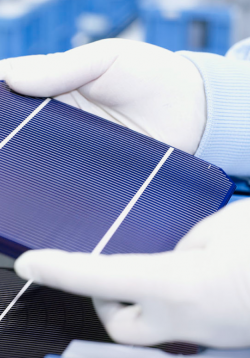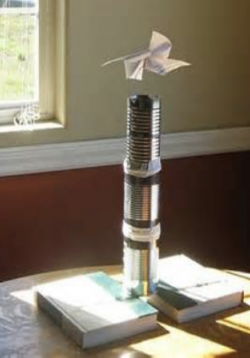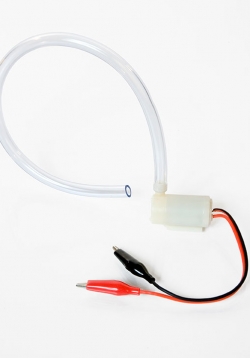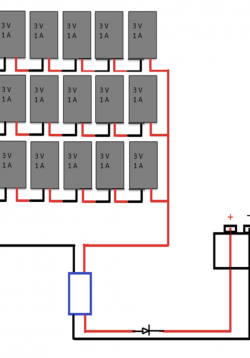Part 1- Lesson 3: Home Energy Audit
During this lesson, students will focus on where energy is used within their homes, how energy consumption is calculated, and how energy consumption can be reduced. Students will conduct a home energy audit and determine multiple ways to reduce energy...


